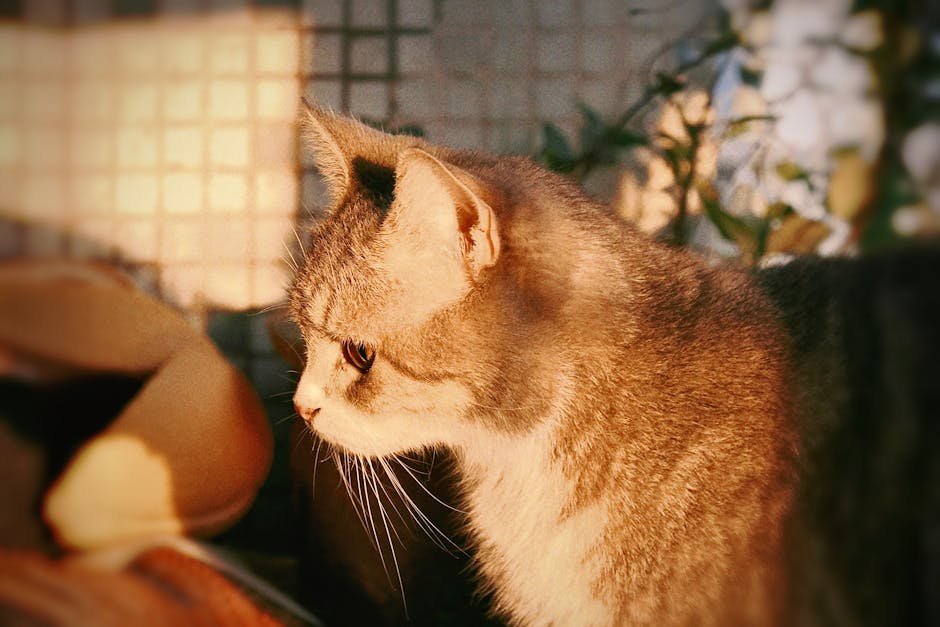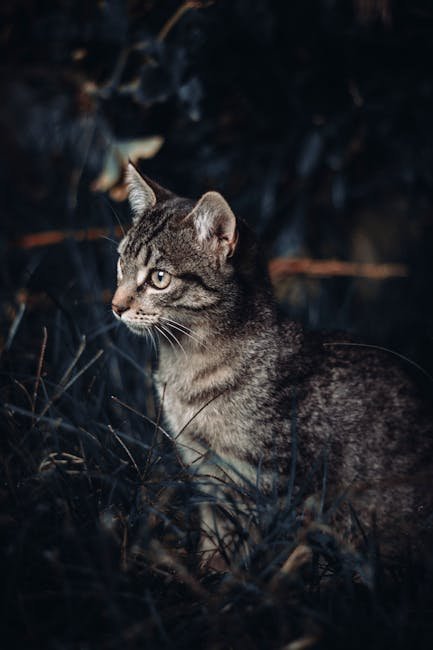In the wild, there’s a majestic allure to big cats that captivates the hearts of many. While most people are familiar with lions, tigers, and leopards, there are other lesser-known big cat species that are equally fascinating. These cats roam the forests, mountains, and grasslands, each with their own unique characteristics and behaviors. Let’s dive into the world of five big cat species that might have slipped under your radar.
Clouded Leopard: The Arboreal Acrobat
The clouded leopard is a true wonder of the treetops. Found in the dense forests of Southeast Asia, these cats are perfectly adapted to life in the trees. Their long tails and short legs make them agile climbers, allowing them to navigate the branches with ease. With a coat that resembles the patterns of clouds, hence the name, their camouflage is impeccable. They are solitary creatures, often hunting small mammals and birds. Despite their name, they are not closely related to true leopards. Their elusive nature and dwindling numbers make them a rare sight, adding to their mystique.
Caracal: The Desert’s Silent Stalker
The caracal is a sleek and powerful cat that roams the dry savannas and semi-deserts of Africa and the Middle East. Recognizable by their distinctive tufted ears, these cats are masters of stealth. Caracals are known for their incredible jumping ability, capable of leaping up to 10 feet in the air to catch birds in mid-flight. Their diet is diverse, ranging from birds to small mammals. Despite their stealthy reputation, caracals are often misunderstood as they occasionally prey on livestock, leading to conflicts with humans. Yet, they remain one of nature’s most efficient hunters.
Fishing Cat: The Aquatic Predator
The fishing cat is a true testament to nature’s adaptability. Found in the wetlands of South and Southeast Asia, these cats have evolved to become expert anglers. Unlike most cats, fishing cats have partially webbed feet, making them excellent swimmers. Their diet primarily consists of fish, but they will also hunt rodents and birds. Their double-layered coat keeps them dry in wet environments. Unfortunately, habitat destruction has put this species at risk, and they are currently listed as vulnerable. Despite this, their unique lifestyle continues to intrigue wildlife enthusiasts.
Margay: The Nocturnal Gymnast

The margay is a small, elusive cat native to the rainforests of Central and South America. Often mistaken for its larger cousin, the ocelot, the margay is a master of the night. This cat has adapted to life in the trees, with a remarkable ability to rotate its ankles 180 degrees, allowing it to climb headfirst down trees. Their large, expressive eyes are perfect for night hunting, giving them an advantage in the dark. Margays feed on small mammals, birds, and reptiles. Their arboreal lifestyle keeps them safe from many predators, yet deforestation poses a significant threat to their survival.
Andean Mountain Cat: The Highland Phantom

The Andean mountain cat is a mysterious feline found in the remote Andes Mountains of South America. With its thick, ash-grey coat and bushy tail, it is well-suited to the cold, rugged terrain of its high-altitude habitat. Little is known about this elusive species, as they are incredibly rare and rarely seen by humans. They primarily feed on small rodents and birds. The harsh environment they inhabit has shaped them into resilient hunters. Sadly, their population is dwindling due to habitat loss and hunting, making conservation efforts critical.
In the vast tapestry of nature, these lesser-known big cats play vital roles in their ecosystems. Each species possesses unique traits that have allowed them to adapt and thrive in their respective habitats. Understanding and appreciating these enigmatic creatures is crucial to ensuring their survival for generations to come.

Linnea is a born and bred Swede but spends as much time as possible in Cape Town, South Africa. This is mainly due to Cape Town’s extraordinary scenery, wildlife, and atmosphere (in other words, because Cape Town is heaven on earth.) That being said, Sweden’s majestic forests forever hold a special place in her heart. Linnea spends as much time as she can close to the ocean collecting sea shells or in the park admiring puppies.






